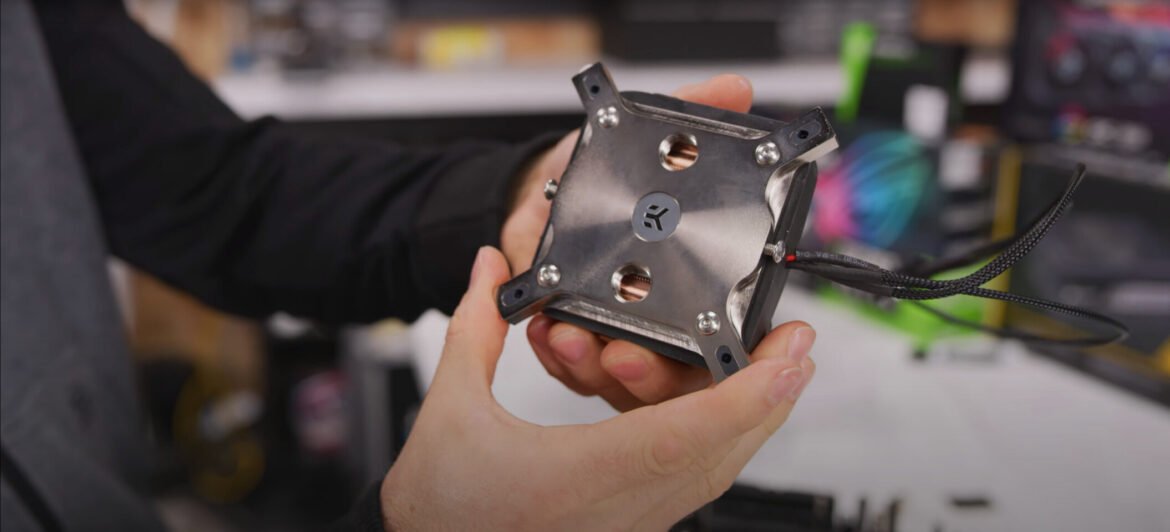Thermoelectric cooling technology has been around for a while, but recently it has become more well-known because of how flexible and energy-efficient it is in different applications. The thermoelectric cpu cooler, which prevents CPU overheating, is one of the most widely used thermoelectric cooling applications. But, thermoelectric cooling has more uses in the future than just CPU cooling, and we are starting to see more of these uses in various industries. This article examines thermoelectric cooling’s potential advancements and applications in the future.
Applications Of Thermoelectric Cooling Beyond CPU Cooling
Although thermoelectric cooling technology has many other uses in numerous industries, thermoelectric CPU coolers are a typical application.
Refrigeration
Thermoelectric refrigeration systems utilize thermoelectric modules, which enable the transfer of heat from one side of the module to the other, resulting in cooling. As a result, refrigeration is considered one of the most promising applications of thermoelectric cooling technology.
- Traditional refrigeration systems might not be as energy-efficient or environmentally friendly as this technology.
Aviation Technology
Aerospace technology uses of thermoelectric cooling are also being investigated.
- It is essential for the success of space missions to be able to control the temperature of spacecraft components using thermoelectric materials.
Additionally, the technology can be used in satellites to regulate temperatures and power instruments.
Wearable Technology
Wearable technology is one more place where thermoelectric cooling might be utilized. Wearable cooling systems that can keep people comfortable in harsh environments can be created using thermoelectric materials. Military personnel, athletes, and people working in dangerous environments can all benefit significantly from this technology.
Power Production
Thermoelectric generators can convert industrial waste heat into electricity, lowering the overall energy requirement of the process.
- With the help of this technology, the manufacturing, transportation, and power generation sectors can waste less energy and emit less carbon.
Thermoelectric cooling technology has the potential for diverse applications beyond just cooling CPUs. Various industries, such as the medical field, automotive industry, and food and beverage industry, among others, can reap the benefits of this technology.
Advancements In Thermoelectric Cooling
In Thermoelectric Technology
Thermoelectric cooling technology has significantly improved along with advances in thermoelectric materials. For instance, new heat exchangers created by researchers can increase thermoelectric cooling’s effectiveness. Better heat transmission between the thermoelectric cooler and the environment is made possible by these heat exchangers, which enhances cooling performance.
In Thermoelectric Materials
The efficiency of thermoelectric cooling technology depends on the thermoelectric materials used in its development. Over the past few years, significant advancements in thermoelectric materials have led to the development of more efficient and cost-effective thermoelectric cooling systems. For instance, new materials with improved thermoelectric performance, such as those with higher and lower thermal conductivity, have been developed, enabling more efficient thermoelectric cooling.
Nanostructured Thermoelectric Materials
The creation of nanostructured thermoelectric materials that can enhance the performance of thermoelectric coolers has also been facilitated by advances in nanotechnology. Researchers have also explored using hybrid thermoelectric materials, which blend various materials to enhance thermoelectric cooling’s overall effectiveness.
Conclusion
In recent years, thermoelectric cooling technology has advanced significantly, with improvements in thermoelectric materials and technology resulting in more effective and affordable cooling solutions. While thermoelectric CPU coolers are one of this technology’s more well-known uses, we are noticing more of these devices’ other uses in fields like refrigeration, power generation, and aerospace technology. We anticipate seeing even more uses for this technology as thermoelectric materials and technology continue to advance.
